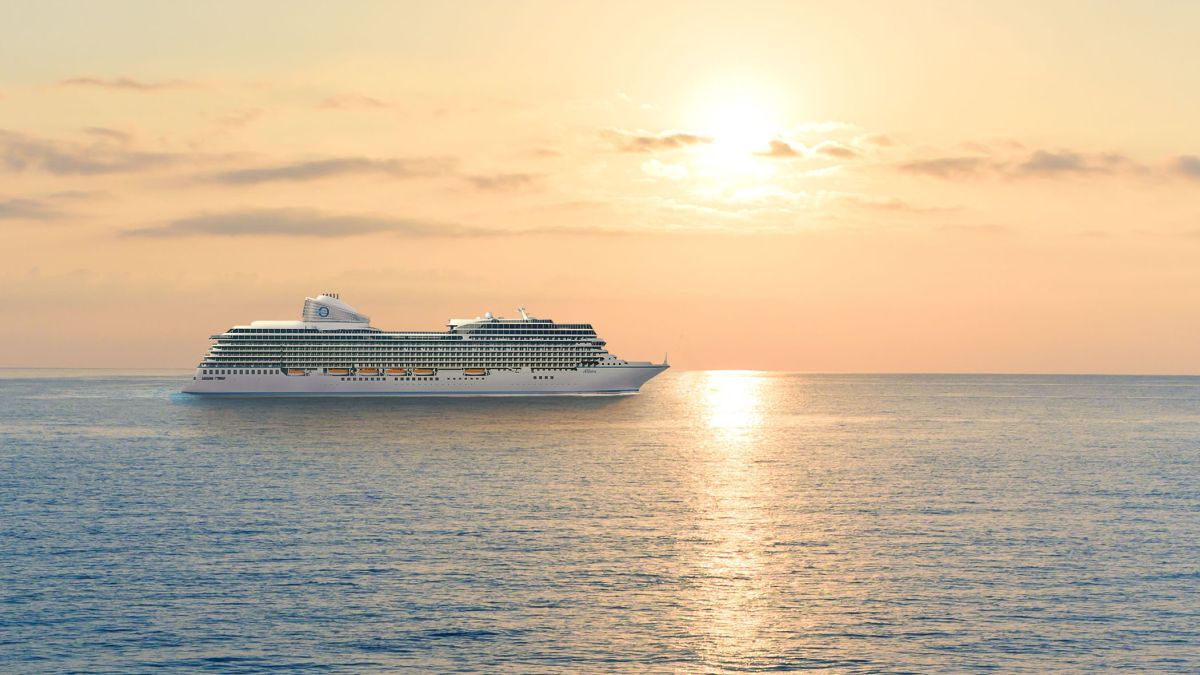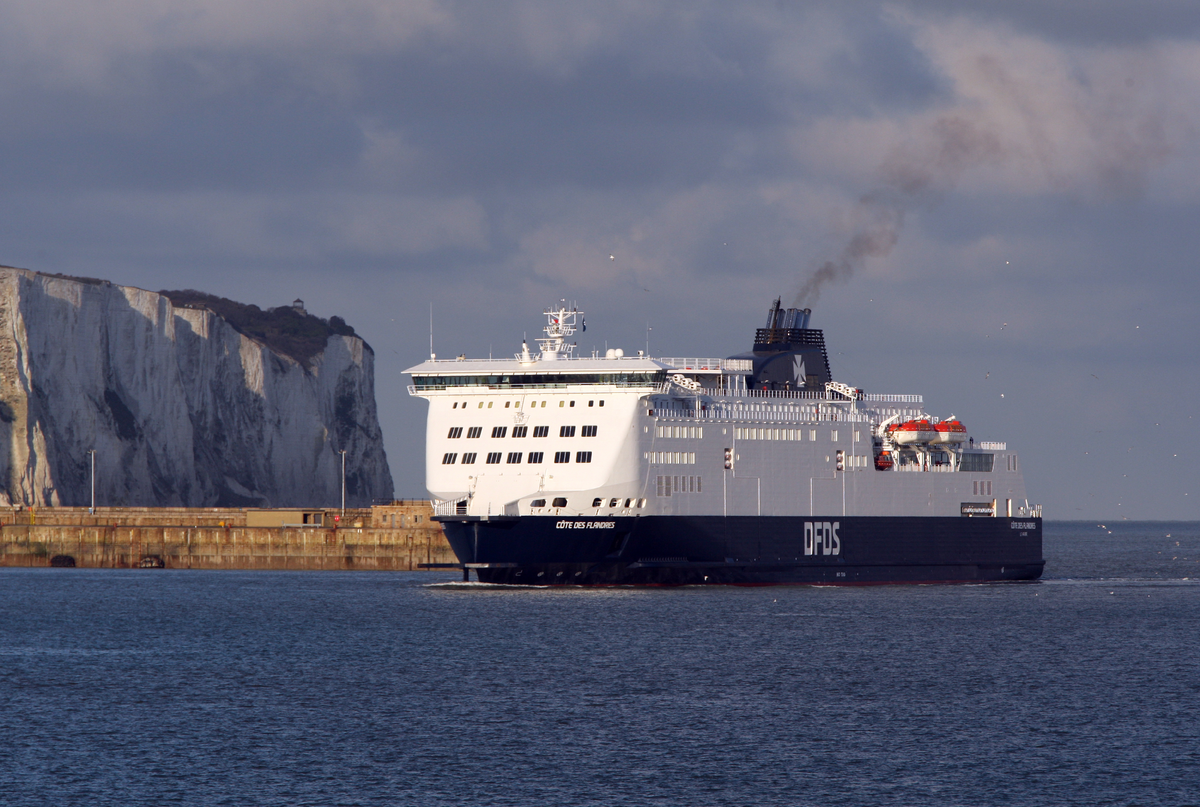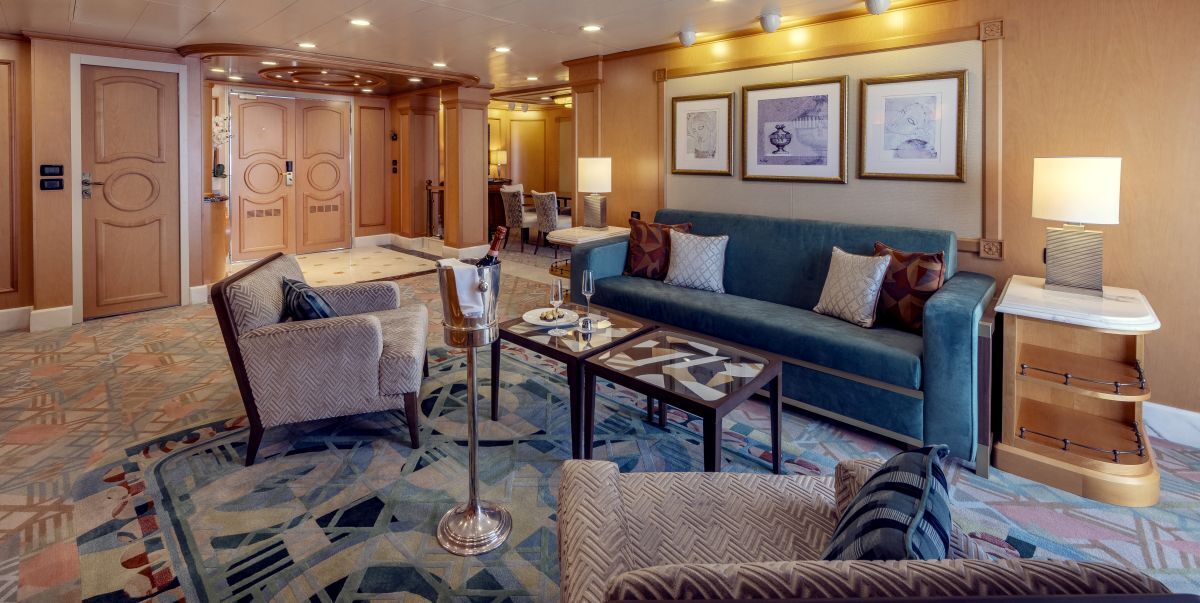Business Sectors
Events
Contents
Register to read more articles.
Brittany Ferries to charter two LNG hybrid ships from Stena RoRo
Two new hybrid LNG-electric ships are coming to the Brittany Ferries’ fleet
They will arrive in 2024/2025 to serve routes connecting Portsmouth with St Malo and Caen. As well as significantly cutting emissions, the hybrids will deliver less noise and less vibration for passengers and are a step towards future-proofing the company.
At sea, they will be powered by LNG. And in a first on the English Channel, they will also operate partially or completely on battery power– for example when arriving and departing ports.
They will be ready to plug in to shoreside power when this is available in ports to recharge onboard batteries and power systems such as air conditioning, heating and lighting while at berth, cutting funnel emissions to zero.
The ships will be chartered from Stena RoRo on a 10-year agreement, with a purchase option after four years, replacing Normandie and Bretagne.
The move is part of Brittany Ferries’ fleet renewal plan, one of the pillars of its five-year post-Covid recovery strategy. The vessels will follow the deployment of Salamanca in 2022 and Santoña in 2023, both of which will be fuelled by LNG ready to serve UK-Spain routes.
“Fleet renewal is not a choice for Brittany Ferries; it is an imperative to secure our future,” said Brittany Ferries chief executive Christophe Mathieu. “Our customers rightly demand cleaner, greener vessels and our port partners expect us to be good neighbours. Furthermore, we will certainly face tighter regulation in the years ahead. The future of our company depends upon our ability to rise to the challenge today, to prepare for tomorrow. That is why I am so proud to announce these new vessels.”
“They bring with them a host of innovations just as Bretagne and Normandie did when they were launched. Both vessels have served us well and we are grateful for the support of the regions that bear their name. They are much loved by customers and crew, but now is the time for us to look to the future and to plan for a brighter future, even as we battle the crisis we face today.”
Each ship has been designed to suit the route on which it will operate, taking account of future trends in both passenger and freight traffic. To begin with, the garage will be longer and higher which means greater freight capacity. However, they will also be better adapted to new types of passenger vehicle.
In-voyage charging will be available for electric car drivers, allowing them to fuel-up en route, ready for their arrival in France.
Both new ships will therefore come with more cabins, as well as an improved mix of cabin types.
The hybrid ships have two propellors. Each propeller is connected via a prop shaft to a separate gearbox. The gearbox manages power supplied from one LNG engine and to one reversible electric motor. The electric motor is used to either drive the propeller, charge batteries or power onboard systems in port.
When driving a propellor, the electric motor is fed by batteries. But it can also be boosted by power from the second LNG engine, configured via the gearbox for the second propellor.
When operating in reverse, the electric motor charges batteries. Depending on charge, the batteries can also be used to power systems on board such as air conditioning, heating and lighting when in ports.
Riviera Maritime Media’s Marine Propulsion Webinar Week is being held 26 July 2021 – use this link for more details and to register
Related to this Story
Events
Maritime Environmental Protection Webinar Week
Cyber & Vessel Security Webinar Week
The illusion of safety: what we're getting wrong about crews, tech, and fatigue
Responsible Ship Recycling Forum 2025
© 2024 Riviera Maritime Media Ltd.














